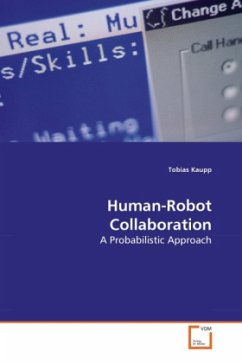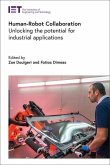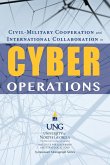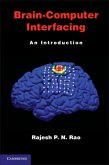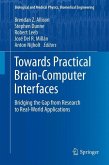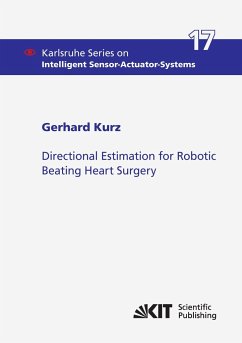This book is concerned with combining the perceptual abilities of mobile robots and human operators to execute tasks collaboratively. Systems which incorporate both human and robotic information sources have the potential to build complex world models, essential for both automated and human decision making. In this work, humans and robots are regarded as equal team members who interact and communicate on a peer-to-peer basis. Human-robot communication is addressed using probabilistic representations common in robotics. While communication can in general be bidirectional, this work focuses primarily on human-to-robot information flow. More specifically, the approach advocated in this book is to let robots fuse their sensor observations with observations obtained from human operators. Human-robot information fusion is experimentally demonstrated in two application domains: scalable information gathering, and collaborative decision making. The book is written for HRI researchers interested in a probabilistic, robot-centred perspective on human-robot collaboration.

